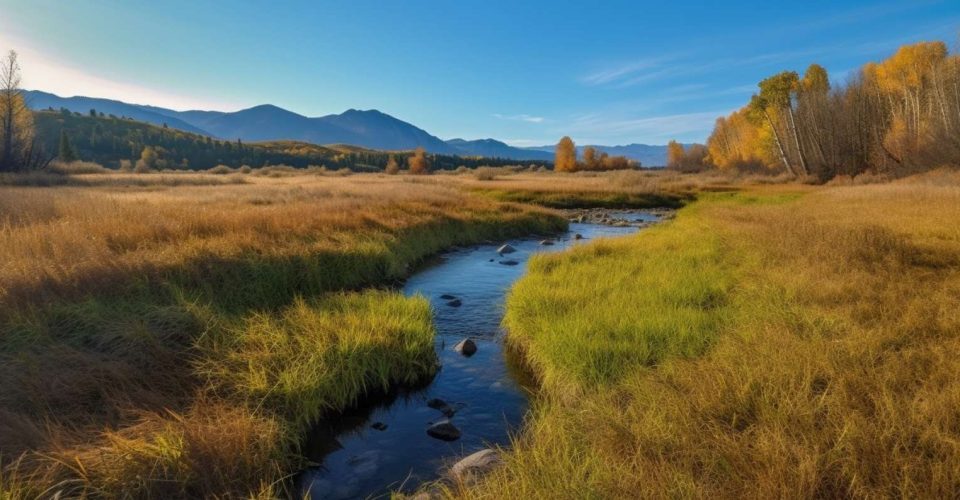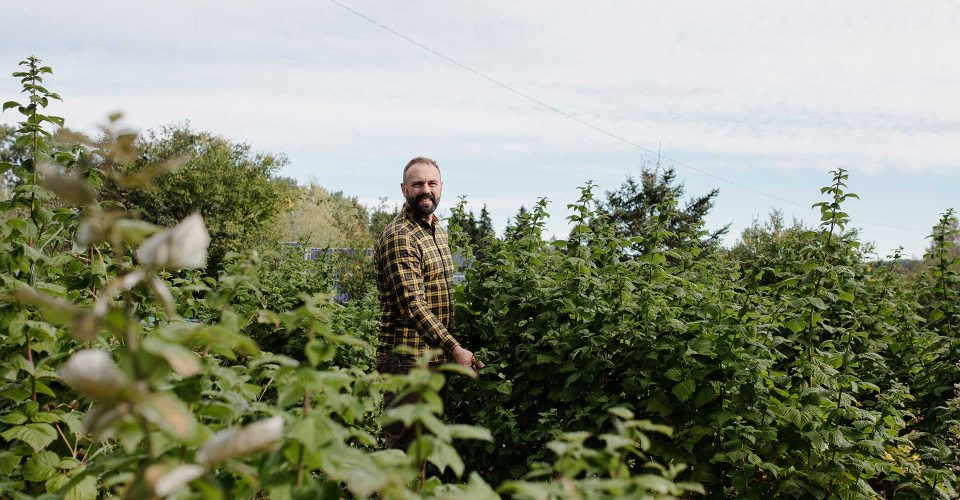Bees and their peculiar ways of being have long had a front-stage appearance in the global media.
That bees are top contributors to the pollination of many plant species, key participators in our agriculture and nourish our environments have given them A-List fame in the environmental and sustainable world.
An article was recently published that gives us even more insight into how these little powerhouses of the natural world work as their resource conditions change.
It has long been known that bees rely on the nectar from various flowers as a primary energy source. However, what wasn’t known until now is that honey bees have the ability to adapt to varying nectar conditions by using different methods of feeding.
Why bees change their nectar collection methods
Regional climate conditions affect nectar production, often leaving flowers with incomplete nectar reservoirs, which presents a problem for honey bees as they attempt to collect nectar.
Luckily, though, as researchers have recently discovered, honey bees can switch between using suction and lapping techniques to efficiently extract nectar from flowers of different sizes and sugar concentrations.
The study reveals that the distance between the bee’s mouthparts and the nectar, as well as the sugar concentration, determine their feeding method. Bees primarily use suction for low-sugar nectars and lapping for high-sugar nectars.
This remarkable adaptability sets honey bees apart from other species like bumble bees and orchid bees, making them versatile and efficient foragers in various environmental conditions.
How we can help bees get enough nectar
The study also found that irrespective of the depth of nectar, honey bees find lapping to be a more effective approach when gathering nectar with high sugar concentrations, while suction is quicker when dealing with nectars that have lower sugar content.
This means that understanding which nectar types are more efficiently collected by bees can help optimize crop planting and management to ensure effective pollination Plus, by understanding the bees’ dietary preferences and feeding strategies, conservationists can design more effective strategies to provide adequate and suitable food sources for bees. This knowledge can promote better conservation practices and encourage people to create bee-friendly environments.
By delving deeper into this area, we can enhance our understanding of these essential pollinators and their vital role in ecosystems and agriculture. This knowledge equips us to take meaningful steps toward bee conservation, sustainable agricultural practices, and better beekeeping methods, all of which contribute to the preservation of bee populations and the broader health of our natural world.
Photo by Aaron Fernando on Unsplash



